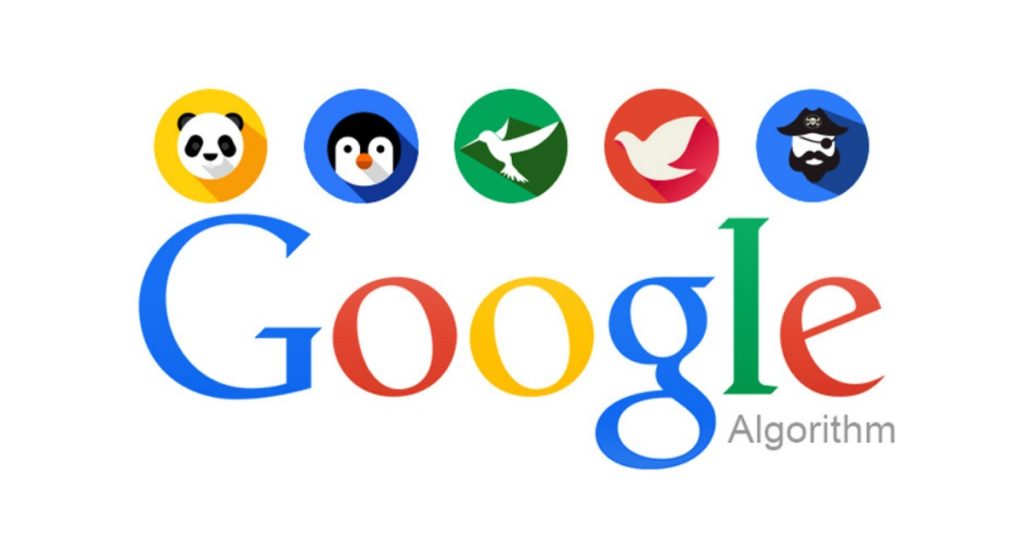Google’s algorithm updates are changes made to the search engine’s core system to improve the relevance and quality of search results. These updates can be minor adjustments or major changes that significantly impact search rankings. Understanding these updates is crucial for anyone involved in SEO, as they dictate how websites are ranked on Google’s search results pages.
Changing criteria of google algorithms
A Google algorithm update is a change to the search engine’s ranking criteria. These updates are designed to enhance user experience by delivering more accurate and relevant search results. They are essential because they ensure that high-quality content is rewarded. They penalize low-quality or spammy content.
History of Google Algorithm Updates
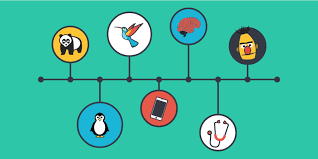
Google’s algorithm has undergone numerous updates since its inception. Here’s a timeline of some of the most significant updates:
- Google caffeine (2010): The new indexing system was intended to speed up search results for users and help publishers get their content seen faster.
- Google Panda (2011): Targeted low-quality content and content farms. It focused on content quality and user engagement metrics.
- Google Venice (2012): it showed that Google understood that searchers are sometimes looking for results that are local to them.
- Google Penguin (2012): Aimed at reducing webspam and penalizing websites that used manipulative link-building practices.
- Google Hummingbird (2013): Improved the understanding of search queries and introduced semantic search capabilities.
- Google Pigeon (2014): Enhanced local search results and integrated local search factors more deeply into the algorithm.
- Google Mobilegeddon (2015): Boosted the rankings of mobile-friendly pages in mobile search results.
- Google RankBrain (2015): Introduced machine learning to process search results and understand user intent better.
- POSSUM (2016): local results became more varied, depending more on the physical location of the searcher and the phrasing of the query.
- FRED (2017): This algorithm specifically hit sites with more advertising material and less or thin content.
- Google BERT (2019): Improved the algorithm’s understanding of natural language processing and context within search queries.
- MUM (Multitask United Model) (2021): It can handle multiple tasks simultaneously. It can read, understand, and learn in over 75 languages using a variety of sources, including video and audio.
- Bard (2023): A machine learning model that assists Google in producing text, translating languages, producing various forms of creative content, and providing you with informative answers to your queries.
Understanding Core Algorithm Updates
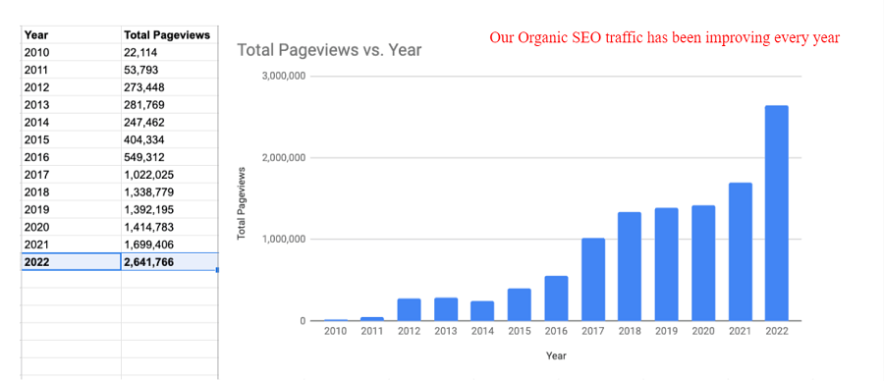
Core updates are significant changes to Google’s search algorithm that affect how search results are ranked. Unlike minor updates, core updates can lead to substantial shifts in rankings for many websites. These updates aim to improve the overall relevance and quality of search results.
Key Algorithm Factors
E-A-T (Expertise, Authoritativeness, Trustworthiness)
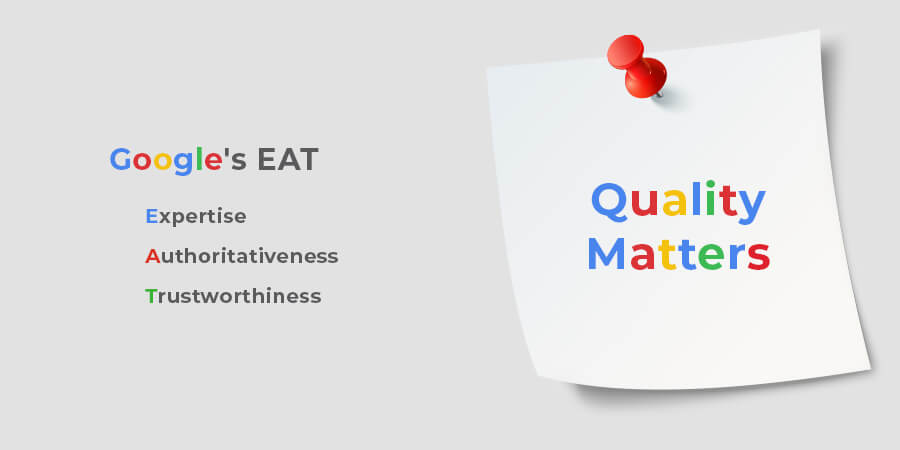
E-A-T is a crucial factor in Google’s evaluation of content quality. It stands for Expertise, Authoritativeness, and Trustworthiness. To rank well, Content should be created by knowledgeable authors with proven expertise in their field. The website and its authors should be recognized as authorities on the subject matter. The site should be reliable, with accurate information
Importance of High-Quality Backlinks
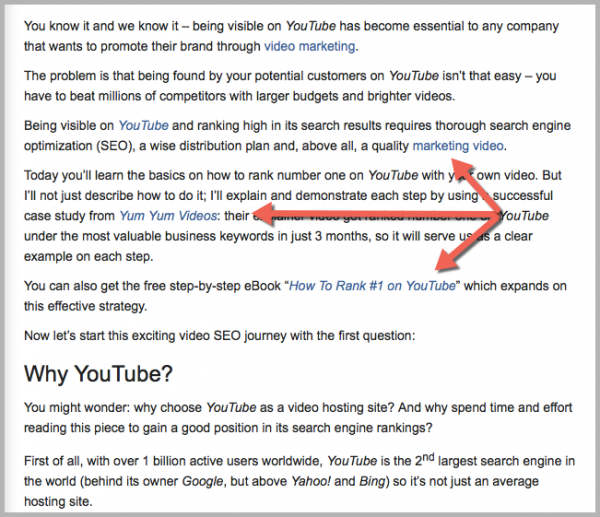
Backlinks remain a vital ranking factor. High-quality backlinks from authoritative and relevant websites signal to Google that your content is valuable and trustworthy.
Identifying and Disavowing Toxic Links

- Identify toxic links: Using tools like Google Search Console or third-party SEO tools.
- Disavow harmful links: Submitting a disavow file to Google to ignore these links in ranking calculations.
Technical SEO and Site Performance
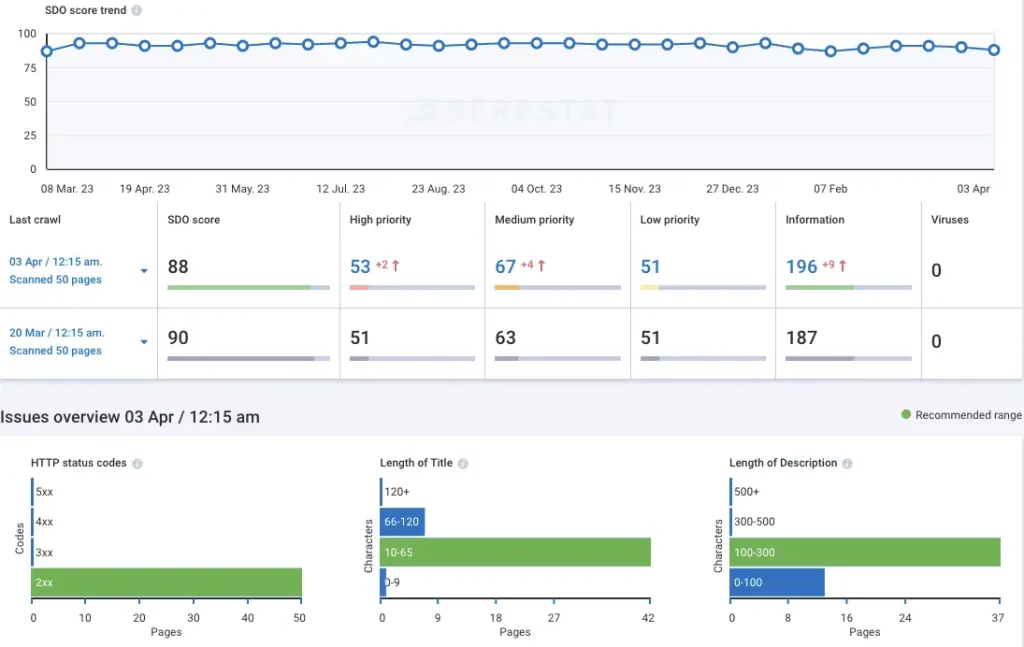
Technical SEO involves optimizing your website’s infrastructure to help search engines crawl and index your content more effectively. Key aspects include:
- Crawlability: Ensuring search engines can access all important pages.
- Indexability: Making sure your content is eligible to appear in search results.
Mobile-Friendliness and Page Speed
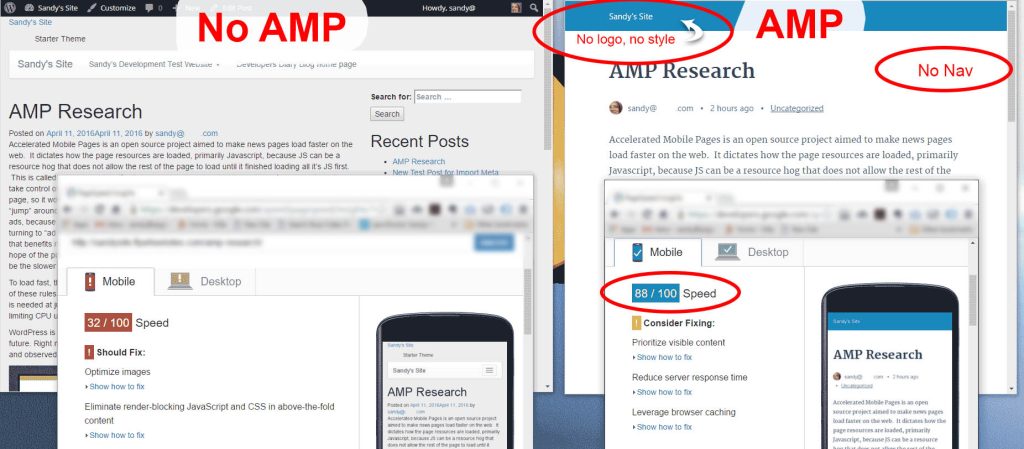
- Responsive design: Ensuring your site works well on all devices.
- Optimizing images and code: Reducing file sizes and improving load times.
- Using AMP (Accelerated Mobile Pages): To deliver faster mobile experiences.
Tools for Tracking Algorithm Changes
Google Search Console
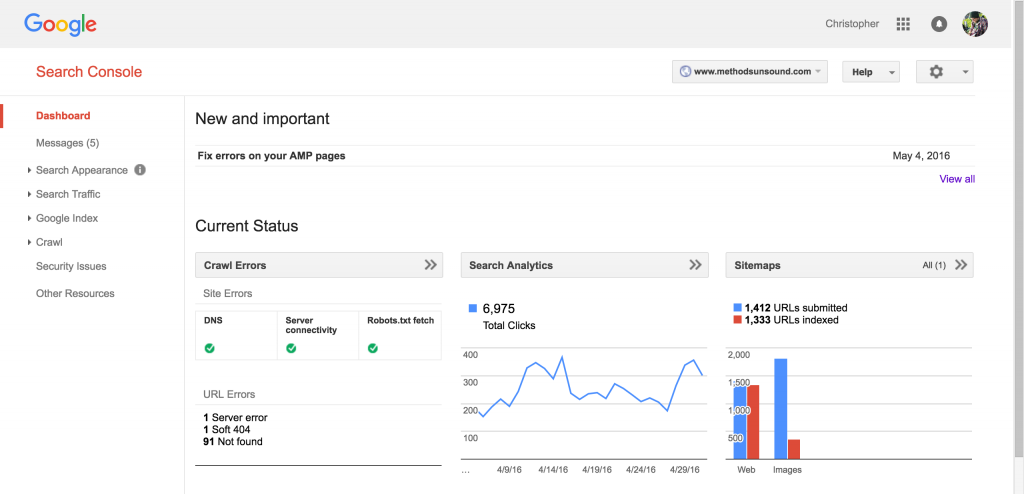
Google Search Console is a free tool that helps you monitor, maintain, and troubleshoot your site’s presence in Google Search results. Key features include:
- Performance reports: Tracking your site’s search traffic and performance.
- Index coverage reports: Identifying issues that might prevent your content from being indexed.
- Manual actions reports: Alerts about penalties and actions taken by Google against your site.
Third-Party SEO Tools
Several third-party tools can help you track algorithm changes and optimize your site:

- Moz: Offers tools for keyword research, link building, and site audits.

- SEMrush: Provides comprehensive SEO data, including keyword tracking, competitor analysis, and site audits.
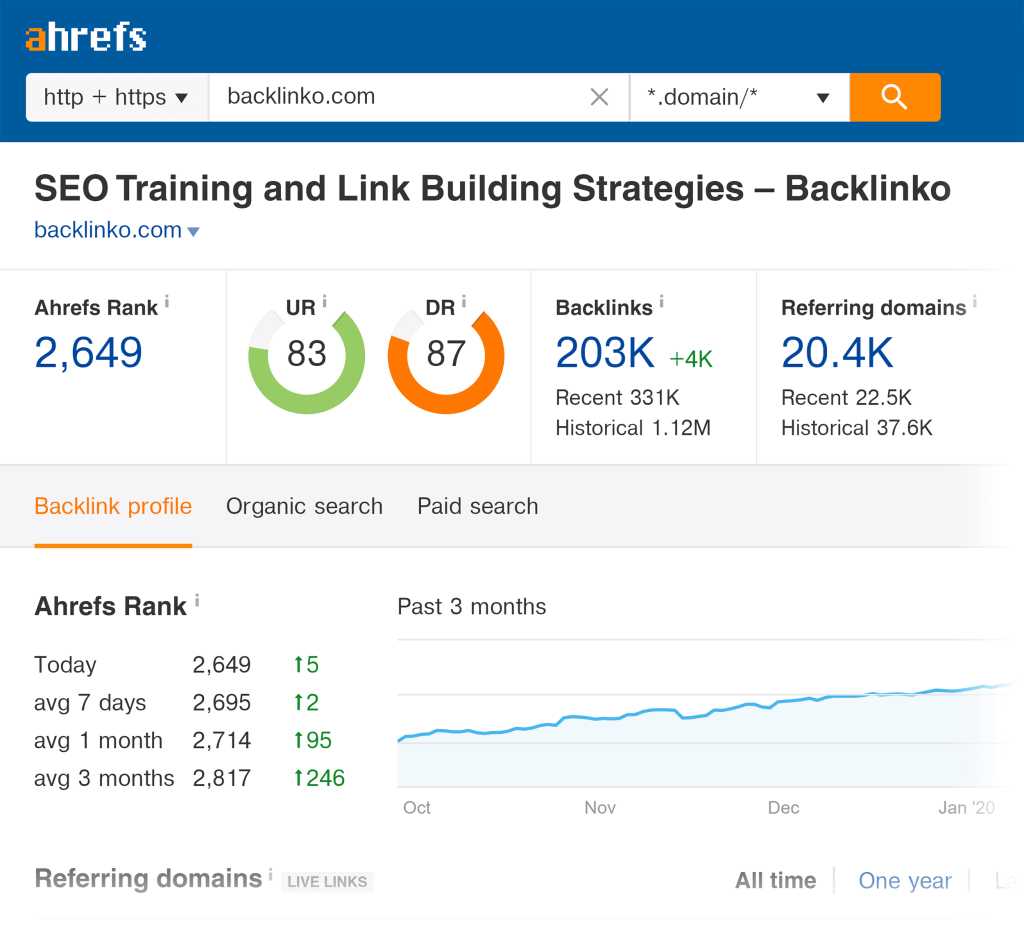
- Ahrefs: Known for its backlink analysis and keyword research capabilities.
Future of Google Algorithm Updates

Future algorithm updates will likely continue to focus on improving user experience and delivering more relevant results. Artificial Intelligence (AI) and machine learning are playing an increasingly important role in search algorithms. Voice search is also becoming more popular, and algorithms are adapting to better understand and respond to natural language queries.
Conclusion

In the rapidly evolving world of SEO, staying updated with Google algorithm changes is crucial for maintaining and improving your search rankings. Continuous adaptation and optimization are essential to ensure your website meets Google’s latest standards. To stay ahead of algorithm updates:
- Follow SEO blogs and Google’s official channels.
- Regularly audit and update your site
- Prioritize creating valuable, relevant, and high-quality content for your audience.

